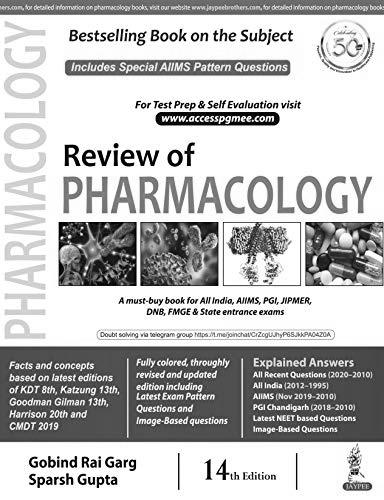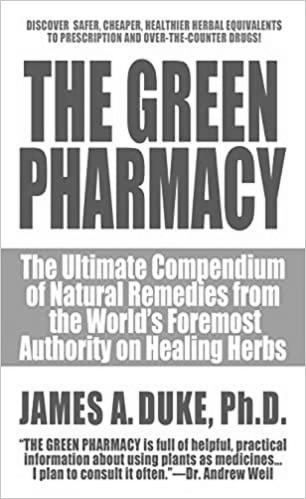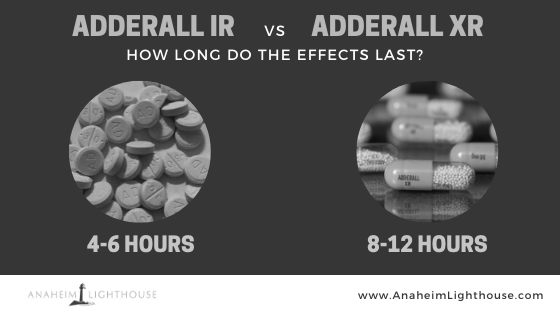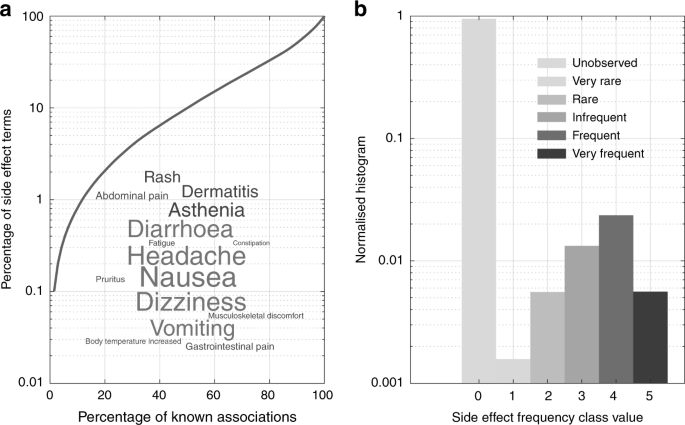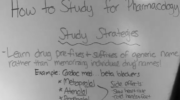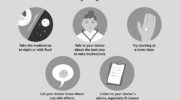If you want to get better retention in pharmacology, the KDT study method is your best bet. This method is perfect for mbbs students studying pharmacology. This method involves interlinking KDT topics and keeping a note book. The book also contains lots of content, so you’ll need to take notes and underline important points. Then, you’ll only have to read the points you underlined.
Interlinking KDT topics
A pharmacology textbook should provide students with the basics and the latest information about the subject. Whether you’re studying for a final exam or just taking the course for fun, this book will provide you with the tools and resources you need to succeed. It will provide you with relevant information, as well as relevant questions, and will help you prepare for practical exams. Moreover, the book will make the topics easier to understand and remember.
Keeping a note book
Pharmacology in MBBS students should use the KDT method to study. Although the KDT book is packed with content, students should focus only on those points that are important to them. This method can help students retain more information when studying the topics. To do this, students should read big paragraphs with lots of content and underline the important points. Students can also study from the KDT tables, which contain helpful information.
Pharmacology is a very conceptual subject and it is easy to forget what you read. The KDT textbook has several difficult parts, which can be difficult for students to understand. However, the part of KDT that deals with CVS is very easy to understand and remember. The text explains alpha and beta receptors.
One of the best ways to study KDT for pharmacology is to memorize concepts class-by-class. This method makes it easier to remember everything because you can focus on one topic at a time. This helps you remember the main principles of a given molecule, its mechanisms of action, its route of administration, and its metabolism. This way, you’ll have more time for secondary information, such as side effects.
Reviewing Rang and Dale’s Pharmacology
If you have a difficult time remembering the information in a pharmacology textbook, review the key concepts in Rang and Dale’s Pharmacology. This book was created by a team of experienced teachers with a strong focus on student needs and provides a clear focus on what today’s medical students need to know. The text is comprehensive and includes explanatory diagrams throughout. The book also includes 50 multiple choice questions that test your understanding of concepts.

You may need to spend a few hours reviewing each chapter of this textbook, but it will be worth it in the long run. The authors offer tips on the topics, as well as valuable insights that will help you learn the material. This text also features practice questions and advice from industry professionals.
The Made Incredibly Easy Pharmacology textbook isn’t a full-sized textbook, but it does contain 580 pages of relevant information. The book is an excellent resource that provides well-organized information and can be used to prepare for practical exams.
Keeping notes on KDT classifications
Pharmacology is an extremely conceptual subject. As such, students often find it difficult to retain concepts. One method to increase retention is to keep notes on KDT classifications. KDT is an excellent resource for pharmacology tables, which have a great deal of information on each topic. You can read the sections that are relevant to you and highlight the most important points. This method of studying is very effective for students attempting to master pharmacology in their mbbs program.
Pharmacology flashcards are another great way to review lessons and review your knowledge. Pharmacology flashcards are also convenient to carry around as they are smaller than full-size textbooks, making them easy to carry on a daily basis.
There are many good resources available for studying ANS. A few of them are Katzung’s, Lippincott’s, and Gray’s Anatomy for Students. We will look at each one in turn and see which one is the best option for your needs.
Lippincott’s
Lippincott’s ANS in Pharmakology is an illustrated review of the science of drug action. Students will learn about drug mechanisms of action through its outline format and over 500 full-color illustrations. It also includes a companion website, fully searchable text, and a question bank.

This text provides an introduction to the autonomic nervous system, a vitally important area of study for pharmacy students. This system is central to the maintenance of homeostasis, and drugs that affect this system may either improve or exacerbate disease symptoms. In addition, it has an important role in preventing or treating several common diseases.
There are two divisions of the ANS, the sympathetic and the parasympathetic, and each is tonically active, which means it provides some nervous input to tissues at all times. However, the frequency of neurons’ discharge can change, leading to changes in the body’s activity.
The ANS is largely controlled by autonomic reflexes. It receives sensory information from the viscera, which is sent to homeostatic control centers in the brainstem and hypothalamus. These centers are responsible for regulating most of the body’s organs, which in turn contribute to homeostasis. For example, the ANS is responsible for controlling blood pressure and controlling the contraction of the urinary bladder.
Gray’s Anatomy for Students
If you are looking for a textbook that will give you a solid foundation in pharmacology, Gray’s Anatomy for Students in Pharmacy will be an excellent choice. The text is well-illustrated, has engaging videos, and offers multimedia tools to supplement the text. The authors are experts in the field and have created the text with student-friendly features. The book is available in multiple editions, including a new edition designed for students in their third or fourth year.
The text is easy to read and avoids waffle, but does contain complex anatomical relationships. There are also numerous illustrations of each area and multiple views of the body. The book also covers surface anatomy, which is generally overlooked in anatomy textbooks. Although the volume is small, the content is comprehensive. It includes additional clinical cases and review questions to help students apply their new knowledge.
Henry Gray first published this anatomy textbook in 1858. His goal was to create a quick and easy-to-use textbook for medical students. Since then, the book has gained a place in the medical world, and continues to be used by students today. Despite its popularity, it is important to note that Gray’s Anatomy was published before Carter.

While Gray’s Anatomy is a classic text, the text also has its faults. For example, a neuroradiologist would be better served investing the same amount of money on a book on the central nervous system. Its chapters also contain information on neuroanatomy and neuroembryology.
This anatomy book was written after Gray was admitted to the College of Surgeons. This made him a member of the Royal College of Surgeons and Pathological Society. He was also a governor of the hospital. In 1853, Gray met Henry Vandyke Carter, a medical student who had a talent for drawing. Carter contributed over 50 illustrations to Gray’s 350-page book. He was not given credit for these illustrations.
Katzung’s
Katzung’s ANS in Pharmaclogy is a textbook that is essential for any pharmacology student. This textbook features a modern approach to drug discovery, development, and regulation. It has been adapted to suit a variety of learning styles, including those who are new to the field. The text is divided into three parts, which make it easy to follow along with.
In addition to the paper-based version, Katzung’s Basic and Clinical Pharmacology is available in an online version. This edition includes a comprehensive search function, interactive guided tours, and end-of-chapter assessments. The Inkling feature allows you to search for terms and phrases across text, notes, and the Web.
This textbook is the most trusted textbook in the field. With more than a thousand review questions, it will help you prepare for your next exam. Its chapter-based format makes it easy to use alongside course notes or other larger texts, and it also contains fully-updated content.
Pathoma ANS pharmacology
Pathoma ANS pharmacology is a comprehensive review of the major drug classes that affect the autonomic nervous system. These classes include neuroconduction, visceral motility, and secretion. It also emphasizes key concepts from associated disciplines. Students who choose to take this course will benefit from the Pathoma textbook, lecture notes, and online videos.
